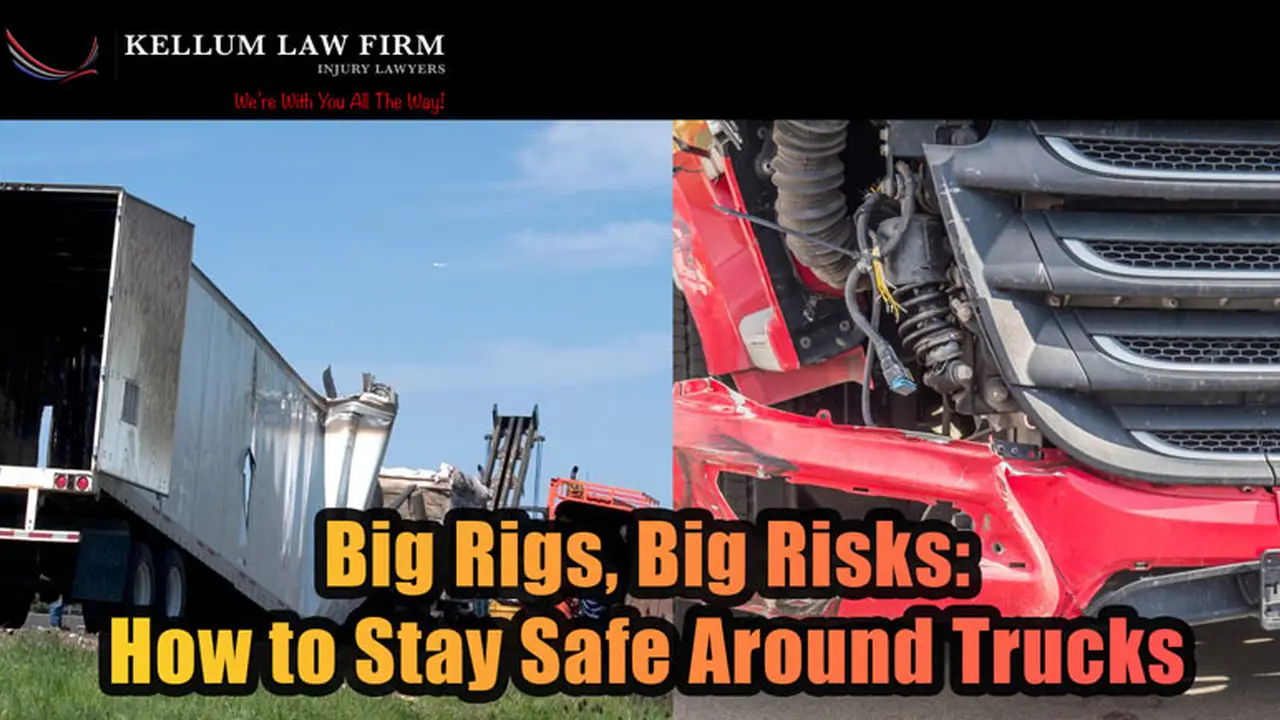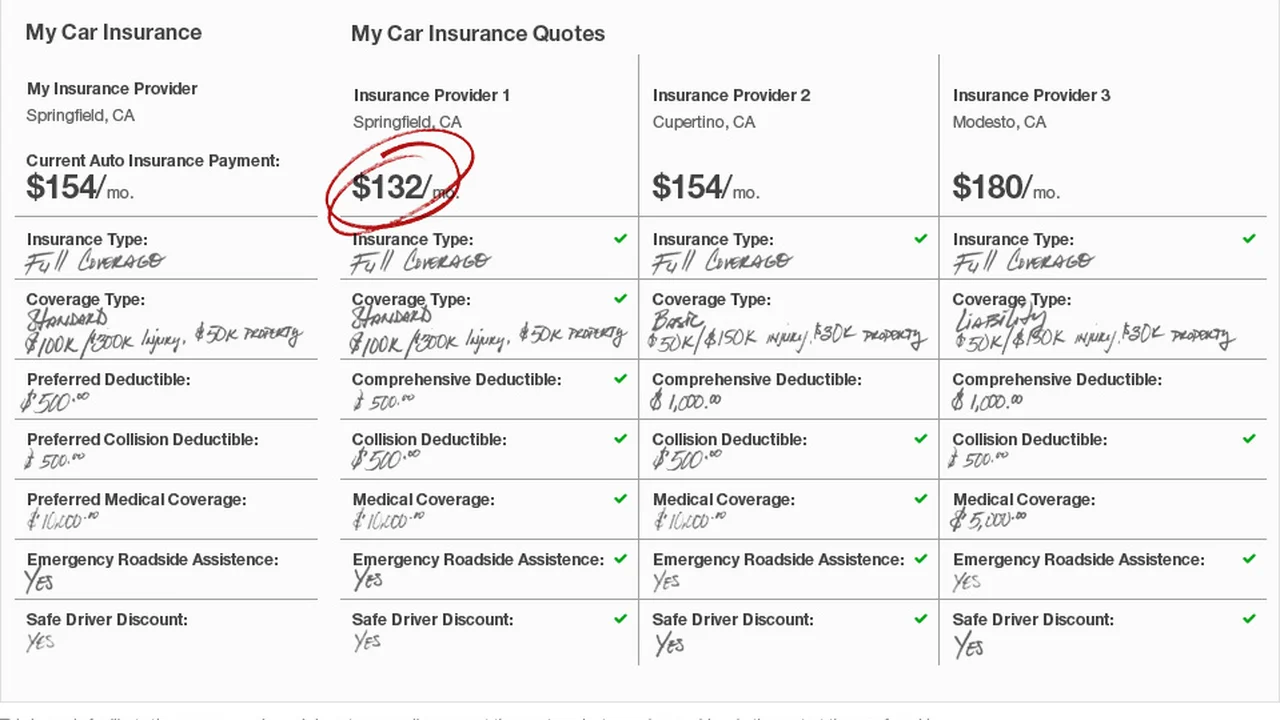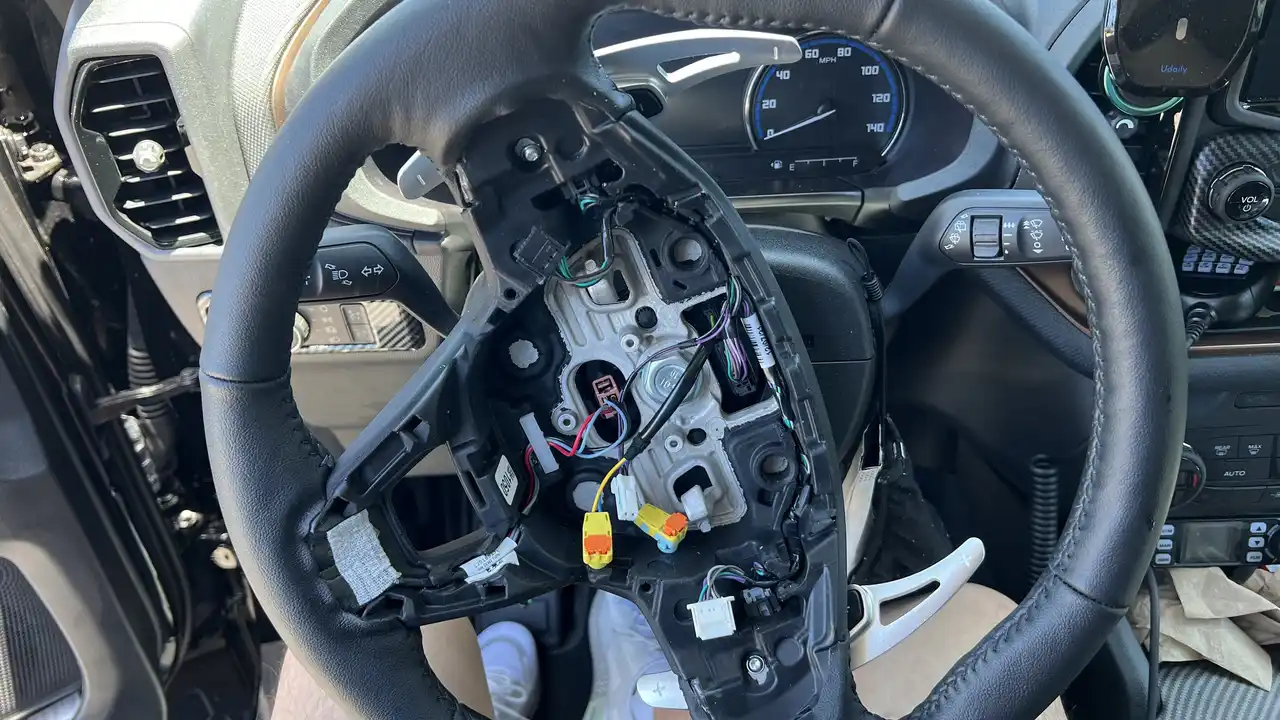Sharing the Road with Large Trucks: Staying Safe Around Big Rigs
Sample meta description.

Understanding the Risks Sharing the Road with Big Trucks
Alright, let's talk trucks. Not the cool, lifted kind you see at monster truck rallies, but the massive, 18-wheeled behemoths that share our highways. Sharing the road with large trucks presents unique challenges. These aren't your average cars; they're significantly larger, heavier, and have different handling characteristics. Understanding the risks involved is the first step in staying safe.
Think about it: a fully loaded semi-truck can weigh up to 80,000 pounds! That's a whole lot of momentum, and it takes a long time and distance for them to stop. Their blind spots, or "no-zones," are also much larger than those of a car. So, what are these risks exactly?
- Increased stopping distance: Trucks need significantly more distance to come to a complete stop, especially at higher speeds.
- Large blind spots: Trucks have massive blind spots on all sides, making it difficult for drivers to see smaller vehicles.
- Wide turns: Trucks often need to swing wide to make turns, which can encroach into other lanes.
- Wind turbulence: The sheer size of a truck can create significant wind turbulence, affecting smaller vehicles nearby.
- Potential for rollovers: Trucks, especially those carrying top-heavy loads, are more susceptible to rollovers, particularly on curves or during sudden maneuvers.
Mastering Safe Driving Practices Around Large Trucks for Accident Prevention
Now that we know what we're up against, let's dive into some practical tips to stay safe when sharing the road with these giants. Think of it as defensive driving, truck edition!
- Stay out of the "No-Zones": This is HUGE. The "no-zones" are the truck's blind spots. If you can't see the truck driver in their side mirror, they probably can't see you. These zones are typically along the sides of the truck, directly in front, and directly behind.
- Pass on the Left, and Pass Quickly: When passing a truck, do it on the left side, and do it decisively. Don't linger in their blind spot. Signal clearly and accelerate to pass them quickly and safely. Once you've passed, make sure you can see the entire front of the truck in your rearview mirror before merging back into their lane.
- Maintain a Safe Following Distance: The "three-second rule" doesn't cut it around trucks. Increase your following distance to at least four or five seconds, especially in bad weather or at higher speeds. This gives you more time to react if the truck needs to brake suddenly.
- Be Patient and Predictable: Truck drivers have a tough job. Be patient with them, especially when they're merging or making turns. Avoid sudden lane changes or aggressive driving maneuvers around trucks. Predictability is key to avoiding accidents.
- Pay Attention to Turn Signals: Pay close attention to the truck's turn signals. Remember that trucks often need to swing wide to make turns, so give them plenty of room. Don't try to squeeze by them on the inside.
- Be Aware of Wind Conditions: Large trucks can create significant wind turbulence, especially on windy days. Be prepared for sudden gusts when passing or being passed by a truck. Grip the steering wheel firmly and maintain your lane position.
- Avoid Distractions: This is a general rule for driving, but it's even more important around trucks. Put down your phone, avoid eating, and focus on the road. A moment of distraction can have serious consequences.
- Drive Defensively: Always assume that other drivers, including truck drivers, might make mistakes. Be prepared to react to unexpected situations. Scan the road ahead for potential hazards and plan your escape routes.
Essential Safety Gear and Technology for Driving Near Large Trucks
Beyond safe driving practices, certain products and technologies can significantly enhance your safety when sharing the road with large trucks. Let's look at some recommendations with product comparisons and pricing.
Dash Cams for Recording Truck Encounters
A dash cam is a great way to document any incidents involving large trucks. If you're involved in an accident, the footage can provide valuable evidence to insurance companies and law enforcement.
Product Comparison:
* Garmin Dash Cam 67W: Wide 180-degree field of view, 1440p resolution, GPS, voice control. Excellent video quality and features. Price: $200 - $250 * BlackVue DR900X-2CH: Front and rear recording, 4K resolution, cloud connectivity, parking mode. Top-of-the-line features, but more expensive. Price: $450 - $550 * Vantrue N4: Triple dash cam (front, interior, rear), 1440p front, 1080p interior and rear, parking mode. Great for rideshare drivers or those wanting comprehensive coverage. Price: $250 - $300Usage Scenario:
Install the dash cam on your windshield, ensuring it has a clear view of the road ahead. Set it to automatically record whenever your car is turned on. In the event of an accident, the dash cam will capture the event, providing valuable evidence.
Blind Spot Monitoring Systems for Enhanced Awareness
While being aware of truck blind spots is crucial, a blind spot monitoring system can provide an extra layer of safety by alerting you to vehicles in your blind spots.
Product Comparison:
* Aftermarket Blind Spot Monitoring Systems: Brands like Rydeen and Brandmotion offer aftermarket systems that can be installed on most vehicles. These systems typically use sensors mounted in the rear bumper to detect vehicles in your blind spots and alert you with visual and audible warnings. Price: $300 - $600 (plus installation) * Integrated Blind Spot Monitoring Systems: Many newer vehicles come equipped with integrated blind spot monitoring systems. These systems are typically more sophisticated and may include features like lane keep assist. Price: Varies depending on vehicle model.Usage Scenario:
The system uses sensors to detect vehicles in your blind spots. When a vehicle is detected, a warning light illuminates in your side mirror, and an audible alert may sound. This helps you avoid merging into a lane when a truck is present in your blind spot.
Backup Cameras for Enhanced Visibility
Backup cameras are essential for safe maneuvering, especially when large trucks are nearby. They provide a clear view of what's behind your vehicle, reducing the risk of collisions.
Product Comparison:
* Wireless Backup Cameras: These are easy to install and don't require running wires through your vehicle. Brands like AUTO-VOX and Yada offer various wireless options. Price: $100 - $200 * Wired Backup Cameras: These offer a more reliable connection and are less prone to interference. Brands like Pyle and Rear View Safety offer wired options. Price: $50 - $150 * Integrated Backup Cameras: Most new vehicles come standard with integrated backup cameras that display the rear view on the car's infotainment screen. Price: Varies depending on vehicle model.Usage Scenario:
The camera automatically activates when you shift into reverse, displaying the rear view on your car's screen. Use the camera to check for pedestrians, obstacles, and other vehicles, especially large trucks, before backing up.
Two-Way Radios for Communication (If Applicable)
If you frequently travel in convoy with trucks or in areas with limited cell service, a two-way radio can be a valuable communication tool. It allows you to communicate directly with truck drivers, especially in emergency situations.
Product Comparison:
* CB Radios: Citizen Band radios are a traditional option for truck drivers and are relatively inexpensive. Brands like Cobra and Uniden offer various CB radio models. Price: $50 - $150 * FRS/GMRS Radios: Family Radio Service (FRS) and General Mobile Radio Service (GMRS) radios offer clearer communication and longer range than CB radios. Brands like Motorola and Midland offer various FRS/GMRS radio models. Price: $50 - $200Usage Scenario:
Program your radio with the appropriate frequencies for truck drivers in your area. Use the radio to communicate with truck drivers about road conditions, traffic hazards, or emergency situations. Be mindful of proper radio etiquette.
Navigating Specific Scenarios Involving Large Trucks
Let's break down some specific situations where extra caution is needed when sharing the road with trucks.
Merging Onto the Highway
Merging onto a highway with fast-moving truck traffic can be nerve-wracking. Here's how to do it safely:
- Match Speed: Accelerate to match the speed of traffic on the highway before merging. This makes it easier for truck drivers to anticipate your move.
- Signal Clearly: Use your turn signal well in advance to indicate your intention to merge.
- Find a Gap: Look for a gap in traffic that is large enough to accommodate your vehicle. Don't try to squeeze in between two trucks.
- Merge Smoothly: Merge smoothly into the lane, avoiding sudden lane changes.
- Don't Hesitate: Once you've committed to merging, don't hesitate. A hesitant merge can be more dangerous than a decisive one.
Driving in Inclement Weather
Rain, snow, and fog can significantly reduce visibility and increase stopping distances, making it even more challenging to share the road with large trucks. Here's how to stay safe:
- Reduce Speed: Reduce your speed in inclement weather to allow for increased stopping distances.
- Increase Following Distance: Increase your following distance to at least six or seven seconds to give yourself more time to react.
- Use Headlights: Turn on your headlights, even during the day, to increase your visibility.
- Avoid Sudden Maneuvers: Avoid sudden lane changes or braking, as these can cause you to lose control.
- Be Extra Cautious Around Trucks: Trucks are more difficult to control in inclement weather, so give them even more space and be extra cautious.
Construction Zones
Construction zones are often congested and confusing, making it essential to be extra vigilant when sharing the road with large trucks. Here's how to navigate construction zones safely:
- Reduce Speed: Reduce your speed in construction zones, as traffic patterns can change abruptly.
- Pay Attention to Signs: Pay close attention to signs and flaggers, as they will provide instructions on how to navigate the construction zone.
- Increase Following Distance: Increase your following distance to give yourself more time to react to sudden stops or lane changes.
- Be Aware of Large Trucks: Construction zones often involve large trucks hauling materials, so be aware of their movements and give them plenty of space.
- Stay Alert: Stay alert and avoid distractions, as construction zones can be unpredictable.
Staying Informed: Resources for Safe Driving Around Trucks
Knowledge is power, especially when it comes to road safety. Here are some resources to help you stay informed about safe driving practices around large trucks:
- Federal Motor Carrier Safety Administration (FMCSA): The FMCSA website (www.fmcsa.dot.gov) provides information on truck safety regulations, statistics, and educational materials.
- National Highway Traffic Safety Administration (NHTSA): The NHTSA website (www.nhtsa.gov) offers information on vehicle safety, including tips for driving safely around large trucks.
- Professional Trucking Associations: Organizations like the American Trucking Associations (ATA) offer resources and training programs for truck drivers and the general public.
- Driver Education Courses: Many driver education courses include information on safe driving practices around large trucks.
Final Thoughts
Sharing the road with large trucks requires awareness, patience, and a commitment to safe driving practices. By understanding the risks involved, mastering defensive driving techniques, and utilizing available safety technologies, you can significantly reduce your risk of accidents and ensure a safer journey for yourself and everyone around you. Drive safe!
:max_bytes(150000):strip_icc()/277019-baked-pork-chops-with-cream-of-mushroom-soup-DDMFS-beauty-4x3-BG-7505-5762b731cf30447d9cbbbbbf387beafa.jpg)






